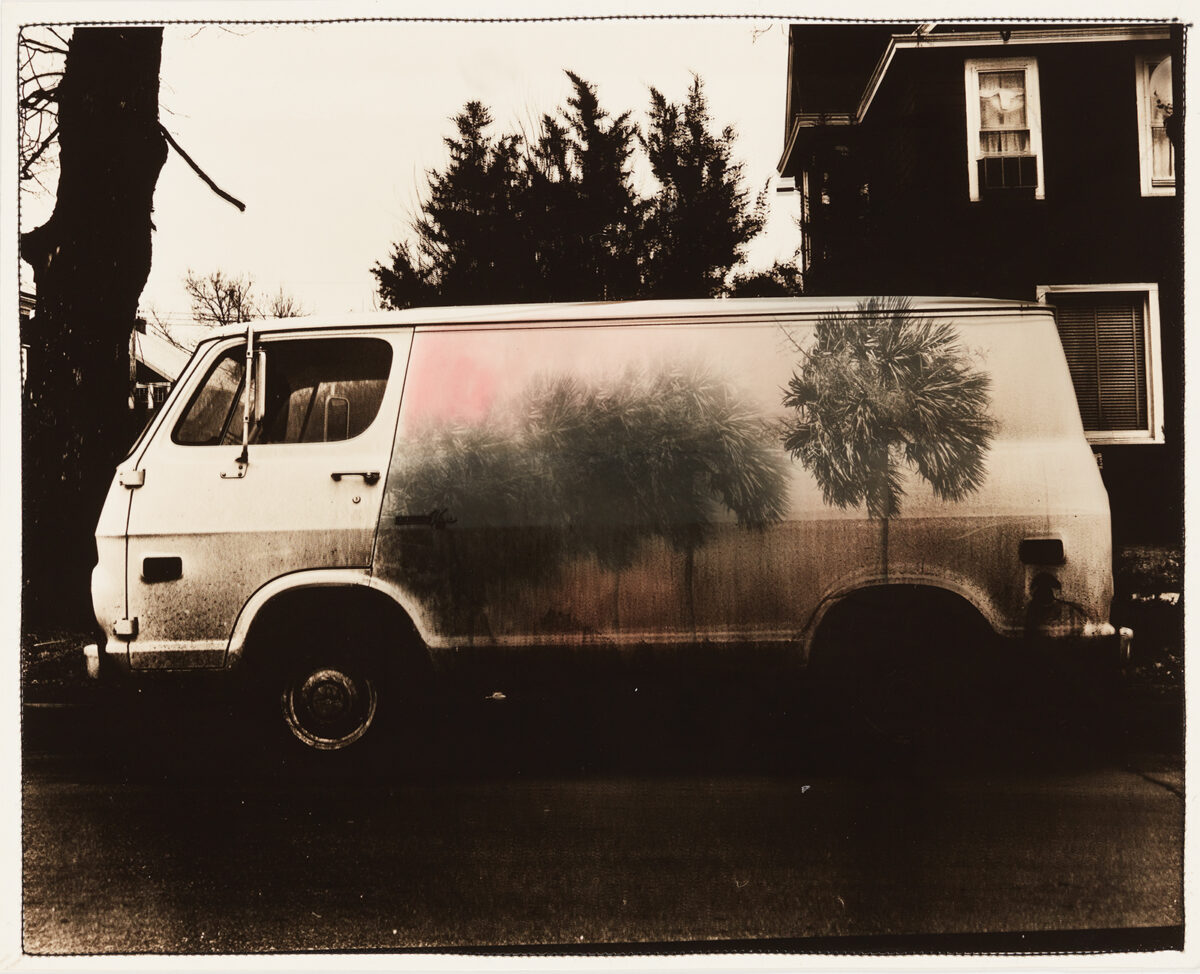
As a student of photography and of art history, I often find myself understanding my connection to the art world through the lenses of the artists I’m studying. Much of my research and learning has surrounded photography, particularly experimental photography. My interest in non-traditional photography has come from attempts to find my own artistic voice, through trips to the dollar store scouring for inexpensive materials to transform my images into something I consider art. It is through these channels that I’ve begun to discover my voice and where I fit in among the artists I study.
One artist whom I have especially come to admire, Bea Nettles (b. 1946), transcends the title of fine art photographer altogether. In her practice, Nettles has combined experimental photography with craft-like embellishments that evoke everyday themes, including family and motherhood, with celestial and otherworldly elements. Nettles’s photographs take many forms: prints, cyanotypes, collages, contact sheets, art books, tarot cards, and more. She combines these formats with materials often utilized in craft, such as fabric and embroidery thread. In her work, Nettles also has used non-traditional materials, including colored liquid meant to look like Kool-Aid and her own hair, which further emphasize themes of femininity and her own voice.
Nettles uses her photography as a vessel for narrative, usually her own, or as a space for the audience to find their own story. Harvest of Memory, on view at Krannert Art Museum, is a glimpse into her generative practices, which not only lead to the creation of an artwork but are also an exploration of the means by which it was made. Nettles’s use of alternative printing techniques, such as cyanotype, and her addition of physical embellishments to her images, solidify her place within experimental photography. It is at this intersection of experimental photography and craft that Nettles’s work takes on a conceptual quality, where the intention behind her art is as important as the art itself.
For me, discovering Nettles’s work at this formative juncture of creating and learning about art has felt like finding a missing puzzle piece. I look at my own photographs and find aspects that seem as if they were inspired by her images, although they are from a time when I was not yet familiar with her work. Her images have not only taught me a great deal about experimental photography as a medium, but have also broadened the ways in which I create and view art.
